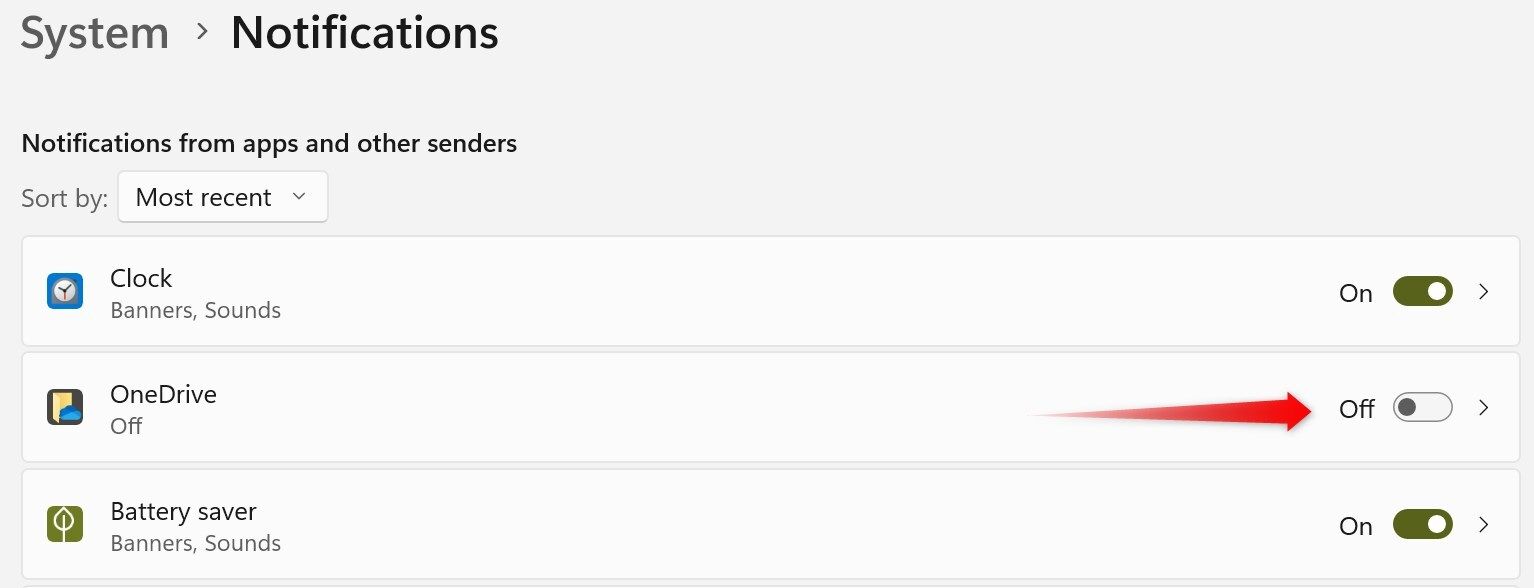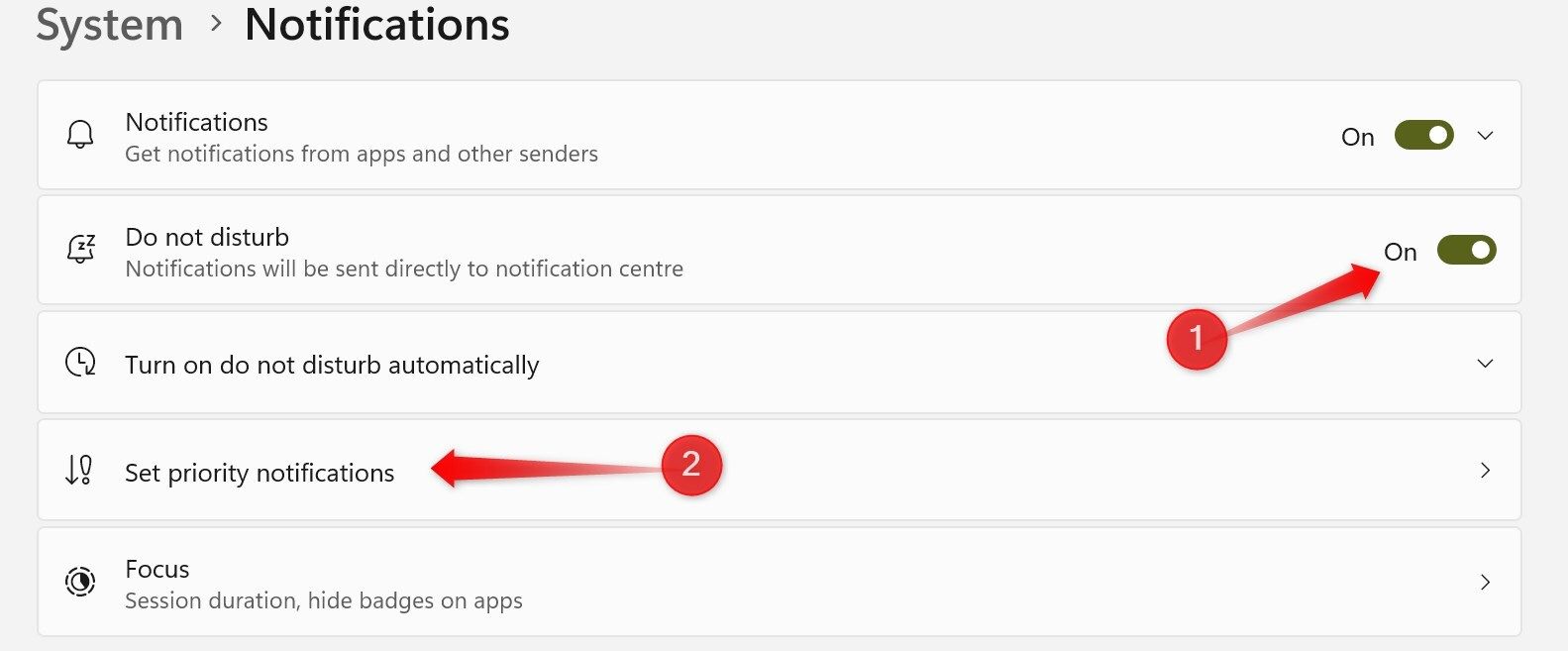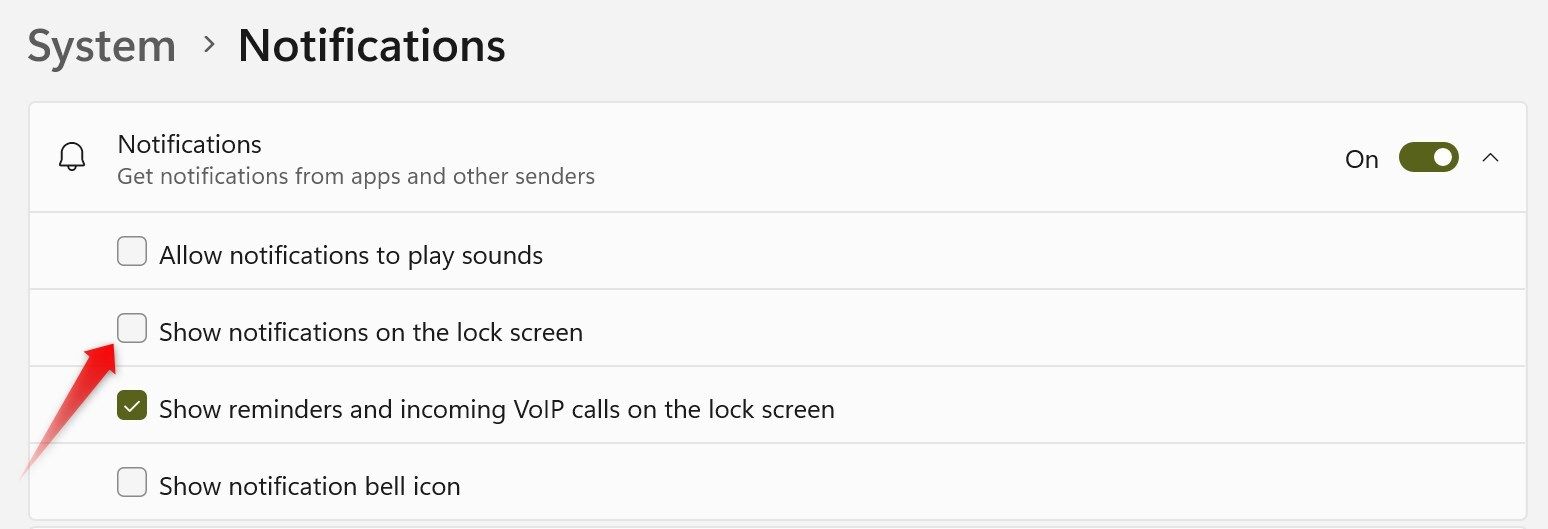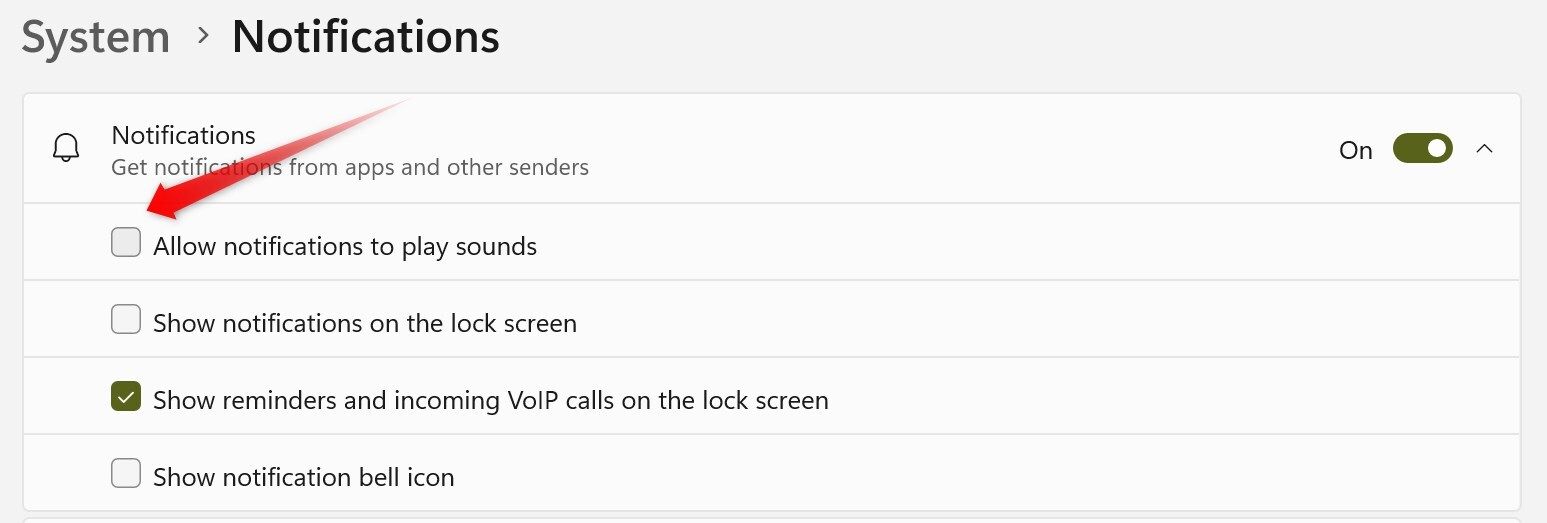While Windows notifications keep us informed, a constantly flashing screen filled with pop-ups can quickly become annoying. Thankfully, you don’t have to deal with the distraction. Windows lets you manage and limit notifications to quiet the noise while staying updated on what truly matters.
5
Turn Off All Notifications
There are moments when we want complete silence—like when you’re screen recording, focusing on deep work, giving a presentation, or gaming. During these times, the last thing you want is a distracting notification popping up. Fortunately, Windows allows you to mute all notifications to stay focused and avoid interruptions.
To turn off all notifications, open the Settings app, go to the “System” tab on the left, and go to “Notifications.” Then, toggle off the switch next to “Notifications.” This will disable alerts from all apps across your system. Just turn notifications back on once you’re done so you don’t miss any critical updates later.
This option may not be suitable for those who don’t want to miss notifications from work-related apps. In such cases, you can manage notifications for individual apps instead.
4
Mute Notifications From Selected Apps
Not every app requires your constant attention. One of the easiest ways to minimize distractions is by disabling notifications from less important apps or games. By doing this, you’ll continue to receive alerts for important things like messages, calendar events, or system updates—while muting the noise from apps like Spotify, games, and similar non-essential programs.
To turn off notifications for specific apps, open the Settings app, go to the “System” tab on the left, and then navigate to “Notifications” on the right. You’ll see a list of apps that are allowed to send notifications. Simply find the ones you don’t need alerts from and toggle them off. You can always turn them back on whenever needed.
For important apps, you can click on their names to customize their notification behavior—such as whether they can send alerts during “Do Not Disturb,” whether a sound plays and more.
3
Enable Do Not Disturb Mode
Windows offers a “Do Not Disturb” mode that, when activated, mutes all notifications, alerts, and pop-ups for a truly uninterrupted experience. Unlike the previous options, this mode allows you to receive notifications from specific apps, such as calls or reminders, without manually enabling or disabling notifications for individual apps.
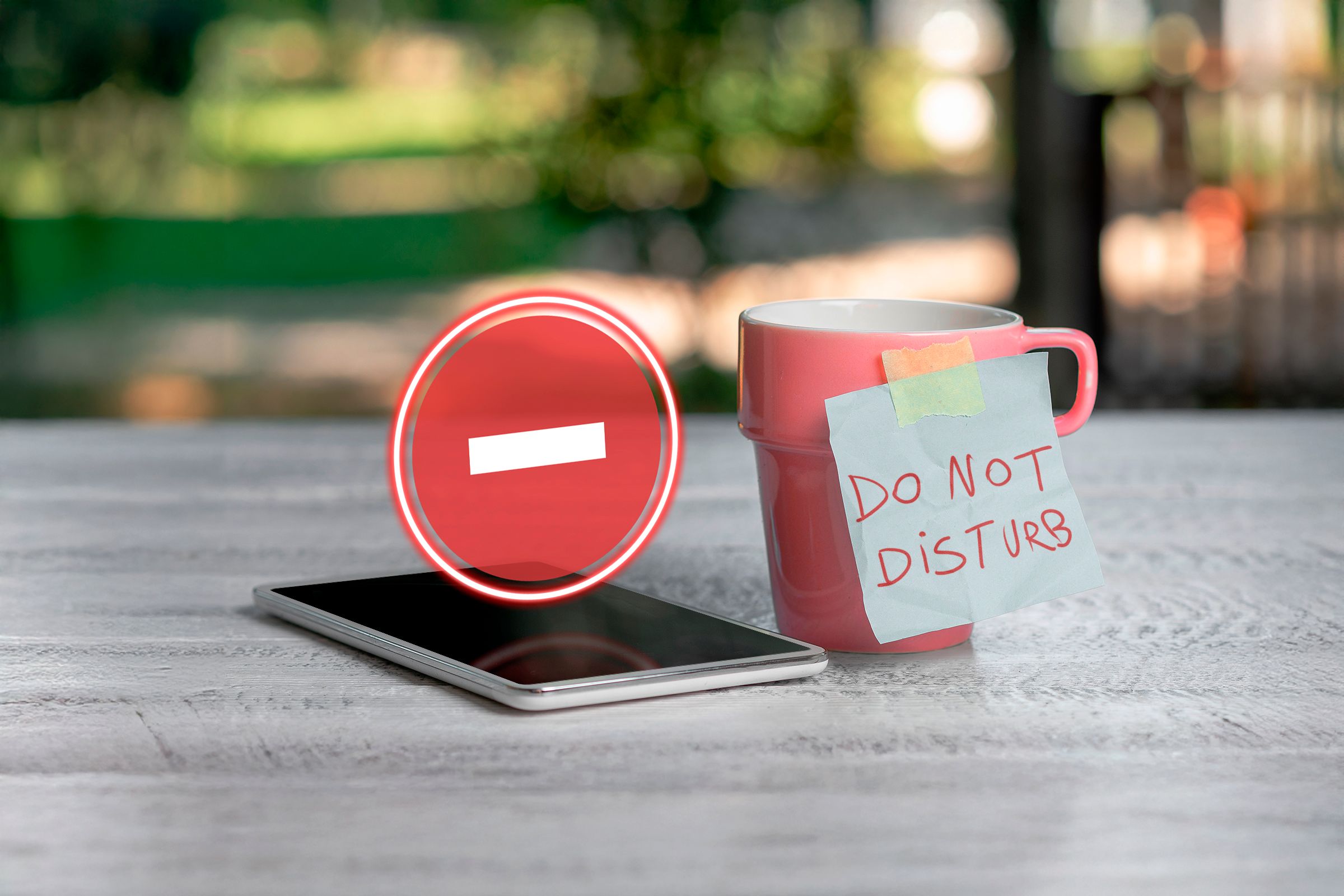
Related
Simply turn on this mode, and you’ll only get selected notifications. When you’re ready to receive all notifications again, turn it off. To enable this feature, open the Settings app, go to the “System” tab, select “Notifications,” and toggle on “Do Not Disturb.” Here, you can customize which apps can send notifications while this mode is active from “Set Priority Notifications.”
For added convenience, you can also automate this mode to turn on during specific hours of the day. Go to “Turn On Do Not Disturb Automatically” and set the desired times.
2
Stop Notifications From Appearing on the Lock Screen
You may have the habit of locking your screen when you step away from your computer in an office setting, but did you know that simply locking the screen doesn’t fully protect your privacy? Some notifications, like emails, calendar events, or messages, can still appear on the lock screen, making sensitive information visible to others.
To improve your privacy or enjoy a cleaner lock screen without the ping of notifications when you step away, you can stop Windows from displaying them on the lock screen. To do so, go to Settings > System > Notifications. Then, expand the “Notifications” menu and uncheck the box beside “Show Notifications on the Lock Screen.”
If you don’t want to turn off all notifications on the lock screen, you can turn them off for specific apps. Open an app settings and turn off the “Hide Content When Notifications Are on Lock Screen” option.
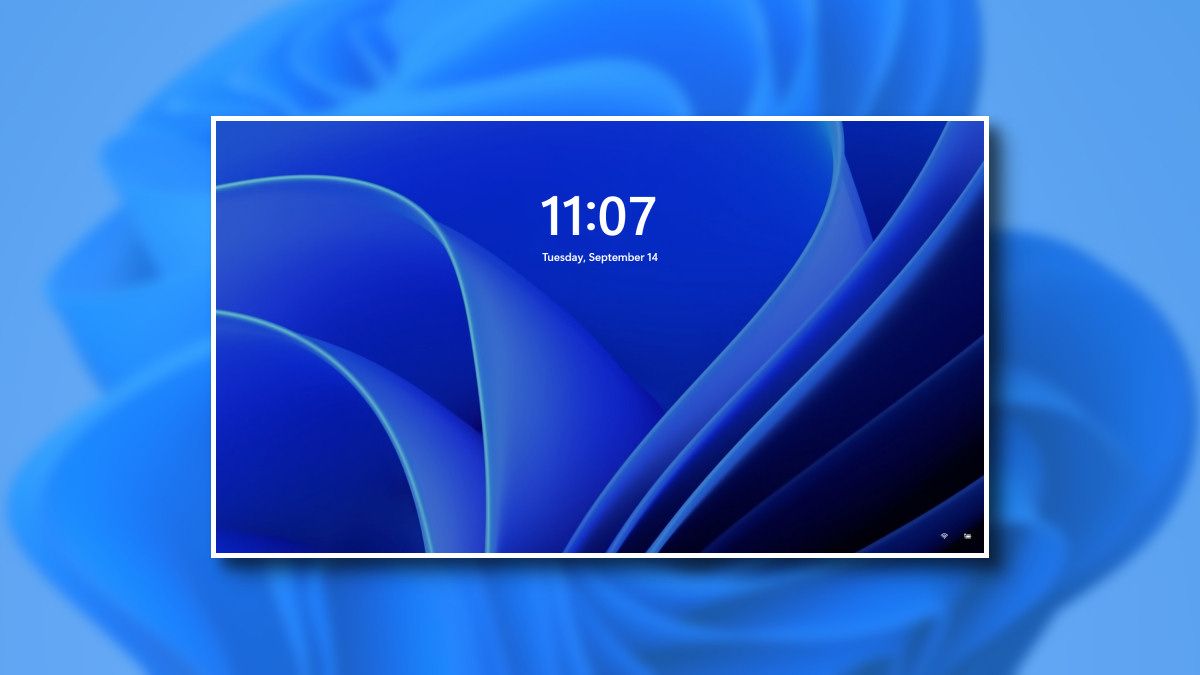
Related
1
Not a Fan of Notification Sounds? Mute Them
Unless you’ve muted your device, you’ll hear a sound whenever a notification arrives to alert you of updates. If you don’t mind receiving notifications but find the sound disruptive, you can quickly turn off these notification sounds to help you stay focused. This way, you’ll still see the notification visually but won’t hear the notification ping.
To turn off sounds for all apps, open the Settings app, go to the “System” tab, and select “Notifications.” Expand the “Notifications” menu and uncheck the “Allow Notifications to Play Sounds” box.
You can also turn off notification sounds for specific apps. Open an app’s settings and uncheck the “Play a Sound When a Notification Arrives” option.
The drawback of this setting is that if you step away from your device and don’t hear the ping, you might miss the notification entirely until you manually check the notification center.
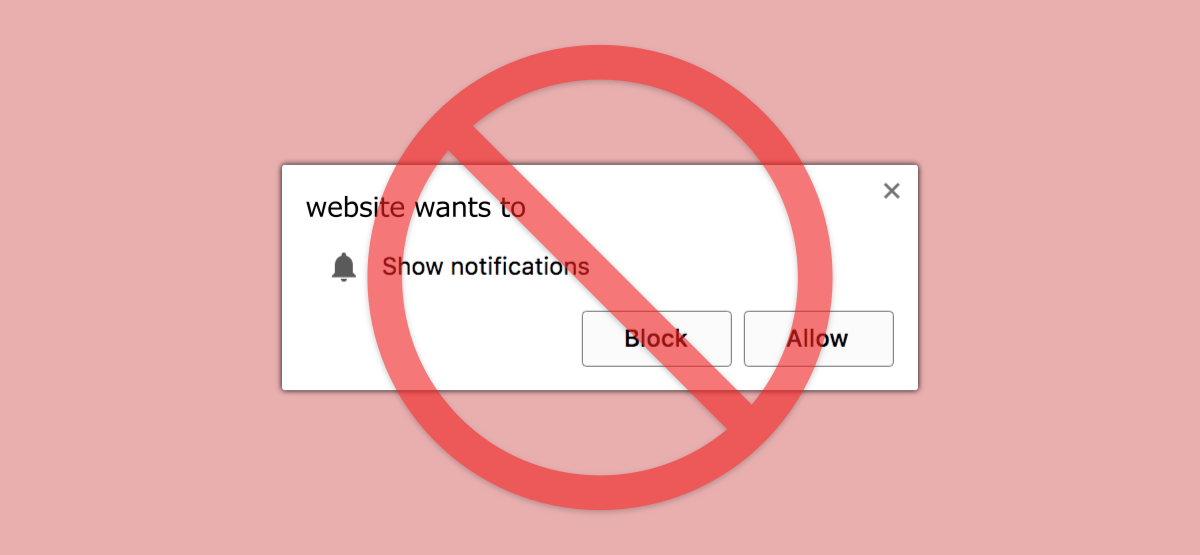
Related
How to Turn Off Pop-Up Notifications in Google Chrome
Stop those pesky Chrome notifications for good.
Constant notifications can be distracting and clutter your screen, which can easily break your focus. Now that I’ve walked you through how I filter out the noise and keep only the important alerts, you can customize your Windows notifications to suit your needs.



